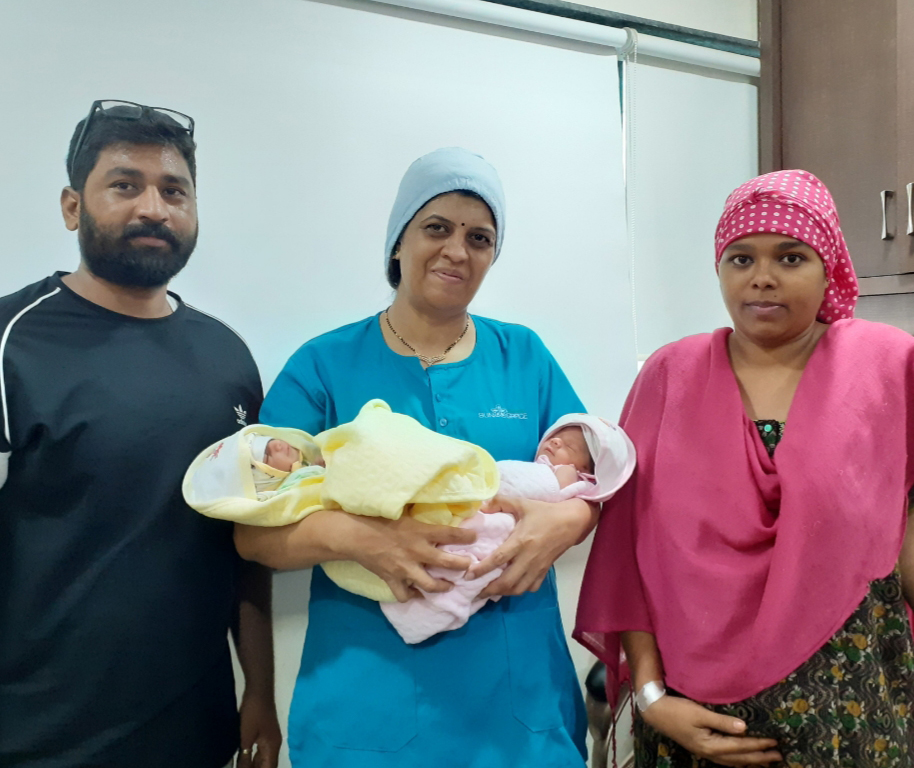
What is Vaginal Hysterectomy
Vaginal hysterectomy is a surgical procedure to remove the uterus through the vagina. During a vaginal hysterectomy, the surgeon detaches the uterus from the ovaries, fallopian tubes and upper vagina, as well as from the blood vessels and connective tissue that support it, before removing the uterus.
What is Myomectomy
Myomectomy (my-o-MEK-tuh-me) is a surgical procedure to remove uterine fibroids — also called leiomyomas (lie-o-my-O-muhs). These common noncancerous growths appear in the uterus. Uterine fibroids usually develop during childbearing years, but they can occur at any age.
What is Cytoscopy
Cystoscopy is endoscopy of the urinary bladder via the urethra. It is carried out with a cystoscope.
Cystoscopy may be recommended for any of the following conditions:
- Urinary tract infections
- Blood in the urine (hematuria)
- Loss of bladder control (incontinence) or overactive bladder
- Unusual cells found in urine sample
- Need for a bladder catheter
- Painful urination, chronic pelvic pain, or interstitial cystitis
- Urinary blockage such as from prostate enlargement, stricture, or narrowing of the urinary tract
- Stone in the urinary tract
- Unusual growth, polyp, tumor, or cancer.
What is Hysteroscopic Polypectomy
Hysteroscopic Polypectomy is a surgery performed to remove uterine polyps preserving the uterus. Uterine polyps are a non-cancerous overgrowth of cells in the inner wall or lining of the uterus.
What is infertility?
In humans, infertility is the inability to become pregnant after one year of intercourse without contraception involving a male and female partner. There are many causes of infertility, including some that medical intervention can treat.Estimates from 1997 suggest that worldwide about five percent of all heterosexual couples have an unresolved problem with infertility.
Male Infertility Causes
Fertility in men requires normal functioning of the hypothalamus and pituitary gland (hormone-producing glands in the brain), and the testes Therefore, a variety of conditions can lead to infertility.
- 30 to 40 percent of cases are due to problems in the testes
- 10 to 20 percent are due to a blockage in the pathway that sperm use to exit the testes during ejaculation. This can be caused by prior infection
- 1 to 2 percent of cases are due to conditions of the pituitary gland or hypothalamus
- 40 to 50 percent of cases have no identifiable cause, even after an evaluation
Female Infertility
Infertility is defined as a couple’s inability to become pregnant after one year of unprotected intercourse. In any given year, about 15 percent of couples in North America and Europe who are trying to conceive are infertile.
The fertility of a couple depends upon several factors in both the male and female partner. Among all cases of infertility in developed countries, about 8 percent can be traced to male factors, 37 percent can be traced to female factors, 35 percent can be traced to factors in both the male and female partners, and 5 percent cannot be traced to obvious factors in either partner



